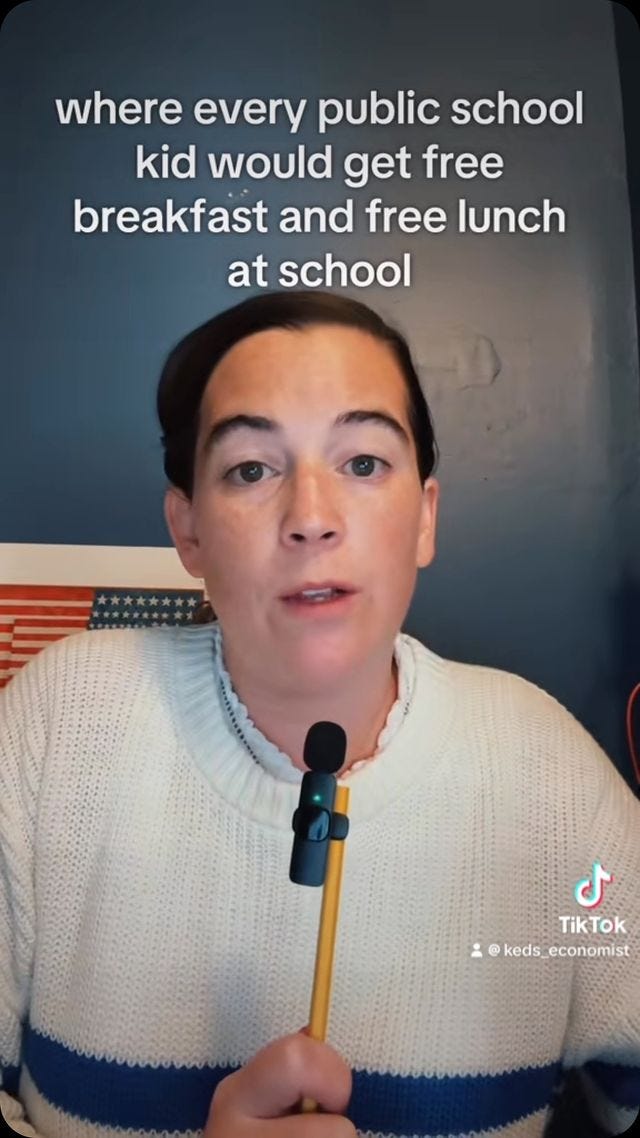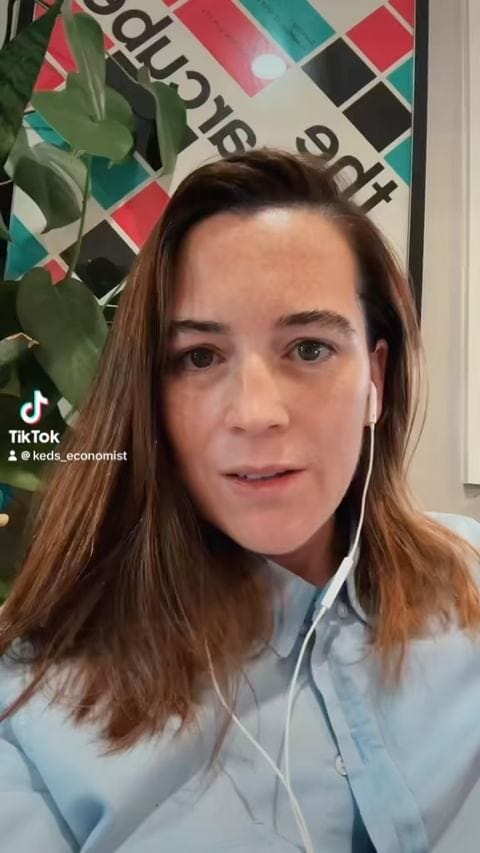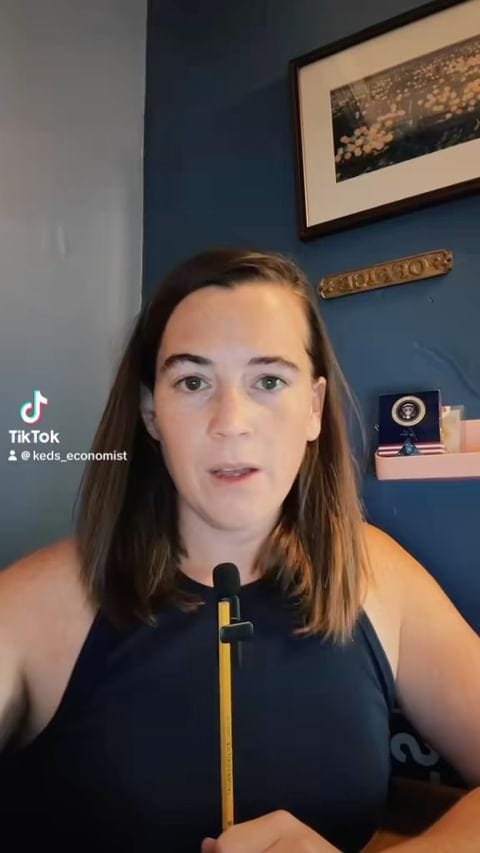How do we build a better economic future so that best economic era in American history is yet to come? Go after all beneficial policies, large and small. I’m kicking off this “Solutions Series” with universal school meals.
The History
In 2010, Congress made big changes to how school meals were administered through the Healthy, Hunger-Free Kids Act. Previously, schools provide lunch that met some minimum nutrition standard and kids from very poor families—if their parents filled out the application—could receive that meal for free. The 2010 Act greatly increased the nutrition standards that schools had to provide and gave schools the option to apply for Community Eligibility Provision. If enough kids at the school would have gotten free lunch through individual applications, the whole school get it and none of them would have to apply. School districts jumped at the chance to do this, and eventually the bar for community eligibility was lowered while some states expanded on their own.
What followed is akin to a 14-year pilot program that has built evidence of what happens when kids of all incomes get healthy meals for free at school.
Why Free Schools Meals is Great Policy
Here’s what researchers have found free school meals does.
1 Improves academic performance (tests and grades)
The relationship between ample food and school performance was already established through studies of the Supplemental Nutrition Assistance Program aka food stamps. Kids on food stamps did much better on the SAT if the test happened just after the benefit was allocated for the month (when families can afford food) as opposed to just before (when the benefit has run out and they can’t afford food). Found the same thing when looking at end-of-year tests.
With school lunch, that relationship held strong. Schools with free lunch saw improvements in math and reading scores, a result replicated a few times over. Interestingly, the score improvements didn’t just come from always having food, but from better food. One study looked at before-and-after results when schools switched to healthier, better vendors and scores went up there too. Which is good news because…
2 Makes kids eat healthier
The US Department of Agriculture followed the adoption of the stricter nutrition standards to see if kids liked the food, ate the food, or actually improved their diets. One study, sponsored by the Robert Wood Johnson Foundation, surveyed schools about the new nutrition standards (this was just about standards, not about free) and found that while kids complained at first, 70% ended up liking the healthier meals. No kidding, they were mad when they lost pizza!
And they ate the healthier food. Researchers assessed the new meals and kid intake based on the Health Eating Index, which sure makes sense that some type of numerical assessment of healthiness exists, and then looked to see if that reduced obesity. The results there are more mixed, as one of the prior grades study didn’t see an obesity effect, but a big health study did. They definitely ate healthier, unclear if that put a big dent in obesity.
3 Reduces the Administrative Burden on Schools
Processing a single application for your whole school is much easier than managing the stratification of lunch for students. Let’s not forget that school lunch debt is sadly a very real thing (currently about $280 million total), and children who cannot afford lunch rack up debts to their school, which their school has to manage, and can result in child welfare visits for neglect. Universal free school meals removes those administrative burdens.
4 Reduces the Budgeting Burden on Parents
Free breakfast and lunch means parents no longer have to prepare those meals for their children, reducing the logistical and emotional lift of getting breakfast and lunch together (which anecdotally I hear from parents with kids who have free lunch that they are truly grateful for how much easier it is to get kids out the door on time). It also means they don’t have to buy them, reducing how much they have to spend at the grocery store.
If you’re thinking that parents should pay for their kids and we shouldn’t have to help them, quick reminder that 1) schools buy in the wholesale market, which makes the cost per meal much cheaper than what parents can pull off and 2) parents still spend the money they would have used for food, they’d just spend it on something else. Evidence from the expanded Child Tax Credit of 2021 suggests that something else would be for children or basic necessities.
5 Lowers food prices at the grocery story
This is a logical conclusion based on economic principles that resesearchers were able to prove with data. If breakfast and lunch for children during the week is moved from the retail sector (your grocery store) to the wholesale sector (like a caterer), that should reduce demand at the grocery store. If deman reduces at the grocery store, prices at that store should fall, benefiting everyone who shops there. That’s precisely what they found.
As far as the federal government goes, this is cheap
In 2024, the National School Lunch and Breakfast programs cost around $20 billion, but are expected to cost around $27 billion per year over the next ten. About half of kids currently get free lunch so say a rough idea of a universal cost is double that. That’s $50 billion per year. Can we afford that?
Of course, our economy is $20 trillion in size! The Republican tax cuts proposed for next year are $400-$600 billion per year. It’s not about what we can afford, it’s what we choose to afford; not an issue of constraints, but preferences.
So what’s the hold up?
Republicans are loathe to support an expansion of the federal government and this is making free lunch a thing, such a thing! The way I explain it: it’s not like the government is a hegemon deciding what part of people’s lives to take over, it’s addressing a market failure. The labor market doesn’t generate enough earnings and food prices aren’t low enough for kids to be consistently fed during the school day. Neither of those markets care if that makes kids test scores worse. Free meals for school kids is meeting the market at the limits of what it can do.
And yes, I know there’s lots of moral arguments of why we should help kids, but child poverty has never been zero percent in the richest country in the history of the world—those arguments fall on deaf ears.
Frankly, I think it’d be nice to move fully past our ketchup is a vegetable era.
A Post Script For the Visual Consumers
If you prefer to watch, here’s a collection of videos I’ve made.
1 The Problem With the Current System: Bad Targeting with Big Consequences
A big motivation for universal school meals is that the current system—which gives out free lunch only to very poor children—does a bad job of identifying kids in need. Parents income jumps up and down, but when it comes to meals, ‘need’ is a target that has to be hit three times a day. The consequence of being hungry at school is lower grades, giving an unfair advantage to children with richer parents.
2 Can School Lunch Be Good?
In 2014, Congress passed the Healthy, Hunger-Free Kids Act to dramatically update the nutritional standards of school meals. You might have heard of it as Michelle’s Lunch Law, because Michelle Obama championed it. The US Department of Agriculture implemented and monitored the new standards, which show great success.
3 Really Though, Can Lunch Be Good?
Yes, and part of it comes from your skepticism, and part of it comes from bringing more parents into the constituent base. The history of school lunches is terrible—see ketchup as a vegetable. But we can do more and be better if we actually try. Look at a corporate cafeteria: we can provide high quality food en masse, the question is, are we going to give it to children.
4 Now, Say You Hate Children…
Giving free meals to school children has a secondary impact on the market for food. Researchers looked at the previous expansions for free lunch to determine that removing a large chunk of demand from the retail market (parents buying food at the grocery store) and moving it into the wholsale markets (schools buying food from distributors) led to lower prices at the grocery store.
And remember, you should be paying for someone else’s kids:









A reader reached out (which I love!) to send me this article about school lunch. The expansion of free lunch from only going to poor children to all children, reduced suspensions amongst poor children. They hypothesize that it comes from a reduction in stigma. Such a powerful and important effect in improving the lives of children.
https://journals.sagepub.com/doi/full/10.3102/00028312231222266
The impact of free school lunch on grocery prices is my new favorite party fact. ✨ Imagine this benefit spread to broader communities, e.g. through workplaces and community centers!